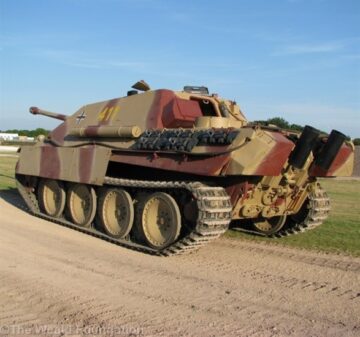
Jagdpanther – Research Breakthrough Part 2
As we reported in last week’s Inside Track, our second Jagdpanther Fahrgestell Nummer 303110 was photographed sitting in the finishing hall of MNH shortly after…

As we reported in last week’s Inside Track, our second Jagdpanther Fahrgestell Nummer 303110 was photographed sitting in the finishing hall of MNH shortly after…
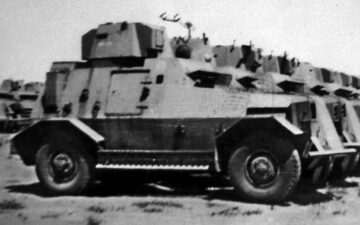
At long last In addition to our French and German Collections the Weald Foundation set out plan to build a collection of AFVs produced during…

Hiding in plain sight In the many years since the completion of our first Jagdpanther project several issues have come to light which we have…
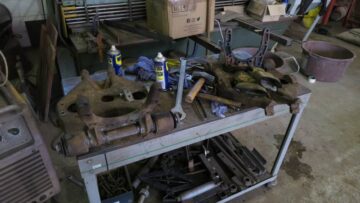
The team have now successfully stripped the fahrgestell and are now considering the path required to repair or replace the poor or missing parts. The…
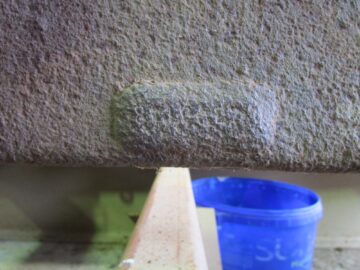
Our Typ v fahrgestell was originally identified as having originally belonged to a Sd.Kfz 223 by our long time trustee Tom Jentz. Tom spent decades…

Who, when and for what application was the chassis supplied? Our 5 Serie chassis has the fahrgestellnummer (chassis number) 8110027. This denotes the vehicle as…
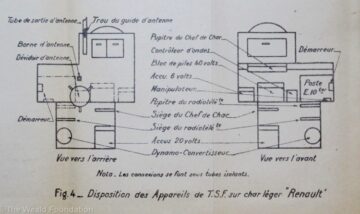
Our research into the battery boxes and their construction was complete – the next step was to fit the newly made battery boxes and radio…
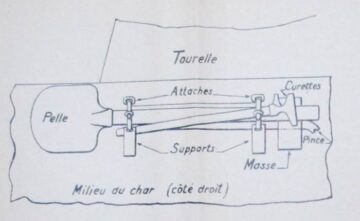
Another point discovered in our final weeks of restoration of these two machines was the tool requirement for both vehicles. The loading plan of the…
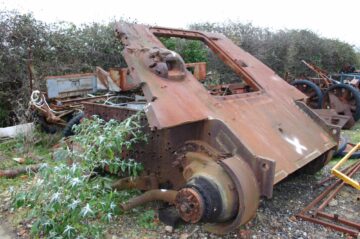
From The Rubble Emerged… This Jagdpanther has a very exciting history. In November 1944 the firm of Maschinenfabrik Niedersachsen Hannover (MNH) commenced assembly of Jagdpanther…

Following the completion of our Renault FT and our Renault TSF we are now ready to gather together all the detail to deal with the…
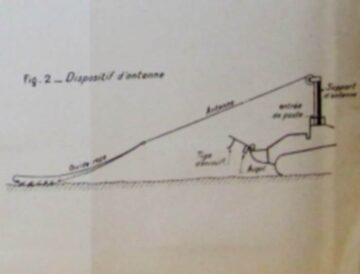
Pi and Pixels A struggle for over 6 months prior to the launch of the Renault TSF was to find a solution to the rope…
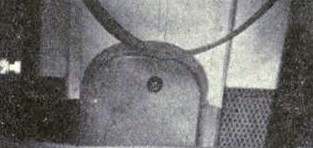
In the final weeks of the Renault FT and TSF project we continue to encounter differences between the finishing of both vehicles. In the case…
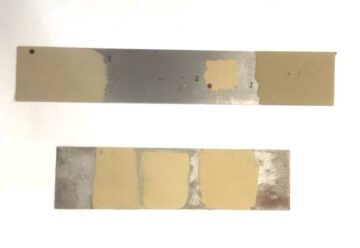
Our experiences in selecting the paint once we had the NCS code in hand are worthy of a mention at this late stage in the…
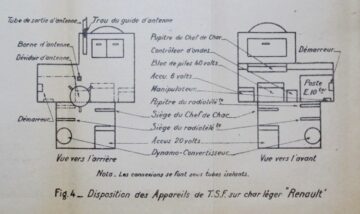
A recent piece on this subject established that the seat base was made of oak. The seat base was sent off for analysis when we…
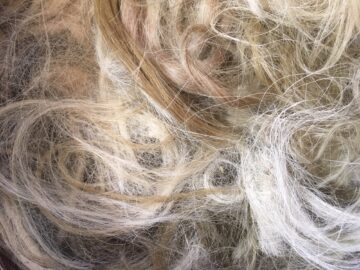
An early piece covered the discovery of horse hair within the bogey wheels and return rollers on the Tank Museum’s early Renault FT. An oiler…

The commander’s and radio operator’s seat are all in hand. We had a very good original example to copy. These seats add to the types…
We highly recommend that you take a look at the recent BBC publication which has already been seen by a wide community of people around…
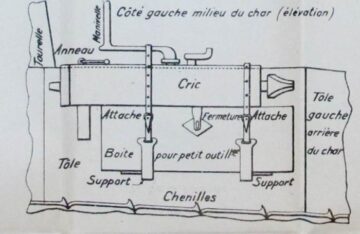
A study of the original loading plan shows how the various tools are stowed in and on the Renault FT. When loading the Renault FT…
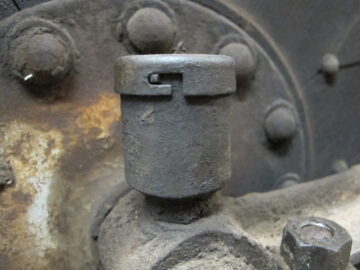
Very few of the surviving wartime period Renault FTs have the original oilers remaining in position. Images from the period are never enough for items…
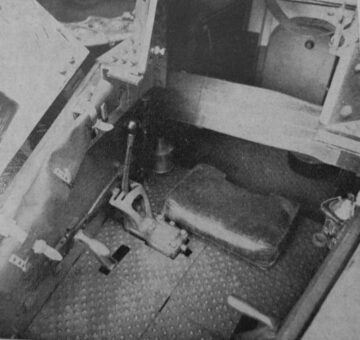
Our previous piece covered the primer layer of green black on the engine bay interior. The crew cabin was mentioned to have a red oxide…
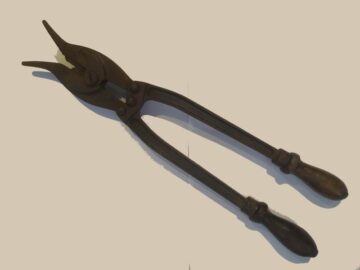
Our previous piece on the Trousse au Rechange gunner’s kit positioned this item on the forward right side of the driver’s position. Just below the…